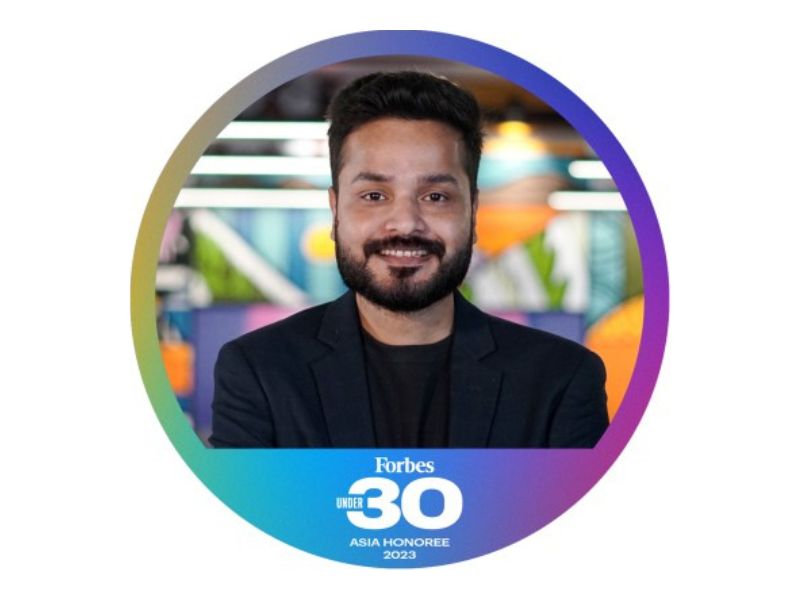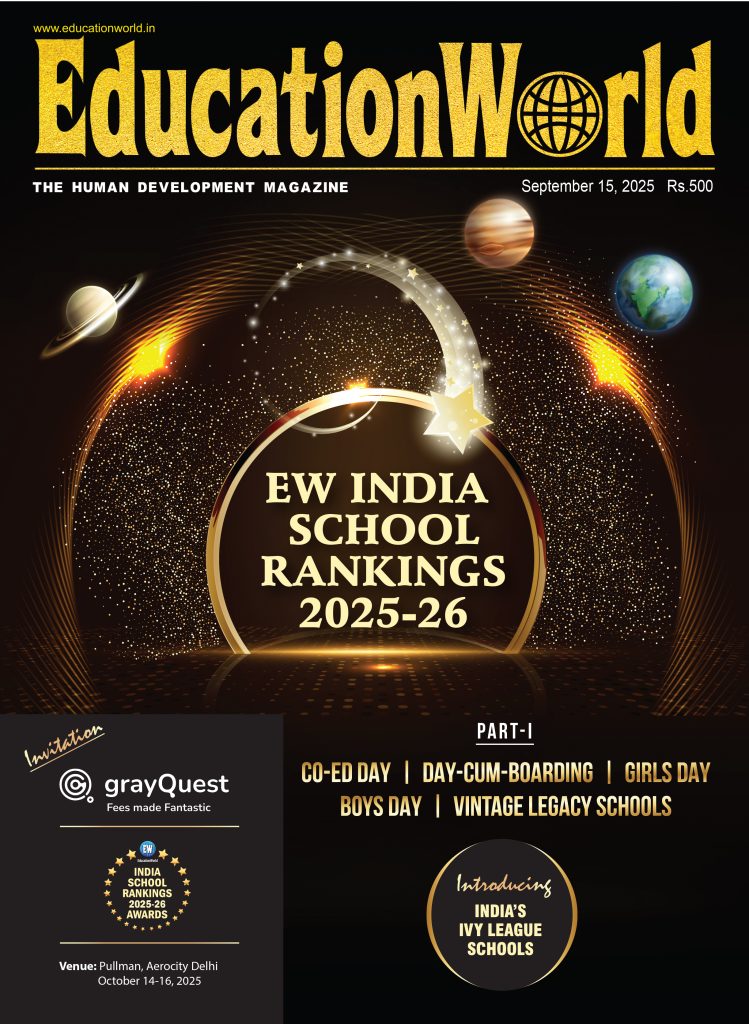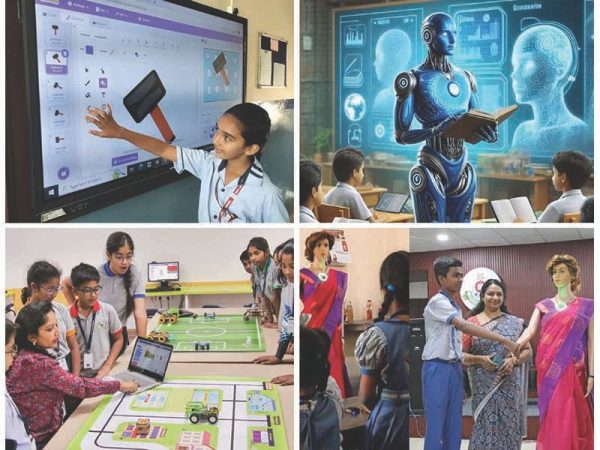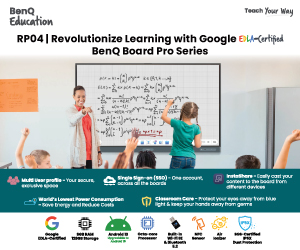Manish Agarwal, Senior Director, PrepInsta
Education stands at a defining crossroads. The convergence of technology, artificial intelligence (AI), and rapid global change is reshaping how we teach, learn, and stay relevant. As industries evolve faster than institutions can adapt, the need for continuous, personalised learning is no longer aspirational—it is essential. EdTech powered by AI is not merely digitising classrooms; it is redefining how we prepare students for jobs and challenges that traditional curricula can no longer keep pace with.
The Urgency of Relevant Learning
The demand for future-ready skills has become critical. In India alone, Nasscom estimates that by 2025, around 150 million workers—half the current workforce—must be reskilled or upskilled to remain relevant. This is not a distant warning but a national imperative. Globally, the World Economic Forum predicts that while automation may displace 83 million jobs, it will also create 70 million new ones. These roles will require more than digital literacy—they will demand adaptability, critical thinking, and the ability to work alongside intelligent systems. Traditional institutions cannot meet this demand alone. A responsive, dynamic learning ecosystem is needed—one that evolves in step with the world it serves.
Personalised Intelligence at Scale
AI in education is no longer speculative—it is already transforming learning environments. Valued at over $4 billion in 2022 and growing at over 10% annually, the global AI education market reflects a powerful trend. AI’s greatest strength lies in its capacity to personalise learning at scale. Adaptive tools cater to each learner’s pace, level of understanding, and interests—an especially vital feature in resource-constrained, overcrowded classrooms, such as those in many parts of India. The shift from standardisation to personalisation is not just pedagogically sound—it is economically necessary.
Students Driving the Change
Today’s learners are not waiting for policy reforms—they are already reshaping how learning happens. Studies show that 44% of children are using generative AI, with over half employing it for academic work. Their engagement is active and creative, not passive. Students are seeking learning models that mirror the world around them—responsive, visual, and exploratory. EdTech platforms must move beyond digitised textbooks to create immersive, participatory learning experiences.
Educators as Innovation Architects
Despite early concerns, AI is not replacing teachers—it is transforming their role. Over 60% of educators report using AI in daily instruction, with more than half incorporating AI-powered games to boost engagement. Tools like Google Classroom are used weekly by 80% of primary school teachers. Educators are evolving from content deliverers to experience designers, leveraging AI to reduce administrative burden and deepen human connection, mentorship, and critical thinking.
India’s Global Learning Opportunity
India is not just adapting to the EdTech revolution—it is positioned to lead it. With a current market value exceeding $7.5 billion and expected to reach $29 billion by 2030, India’s EdTech sector has both scale and momentum. A youthful population, widespread internet access, and a vibrant tech ecosystem position India as a global hub for educational innovation. By 2029, EdTech could contribute nearly 0.5% to national GDP. However, this potential must be realised inclusively. Intelligent learning must not become a privilege of urban elites, but a public good accessible across regions, languages, and socio-economic backgrounds.
Conclusion
The future of learning lies in building ecosystems that are as adaptive and intelligent as the world they serve. AI and EdTech, when deployed thoughtfully, offer an unprecedented opportunity to redefine education—not as a one-time phase of life, but as a continuous, personalised journey.
Also Read: Woxsen University, IBM India partner to embed industry-centric learning in business & tech
















Add comment